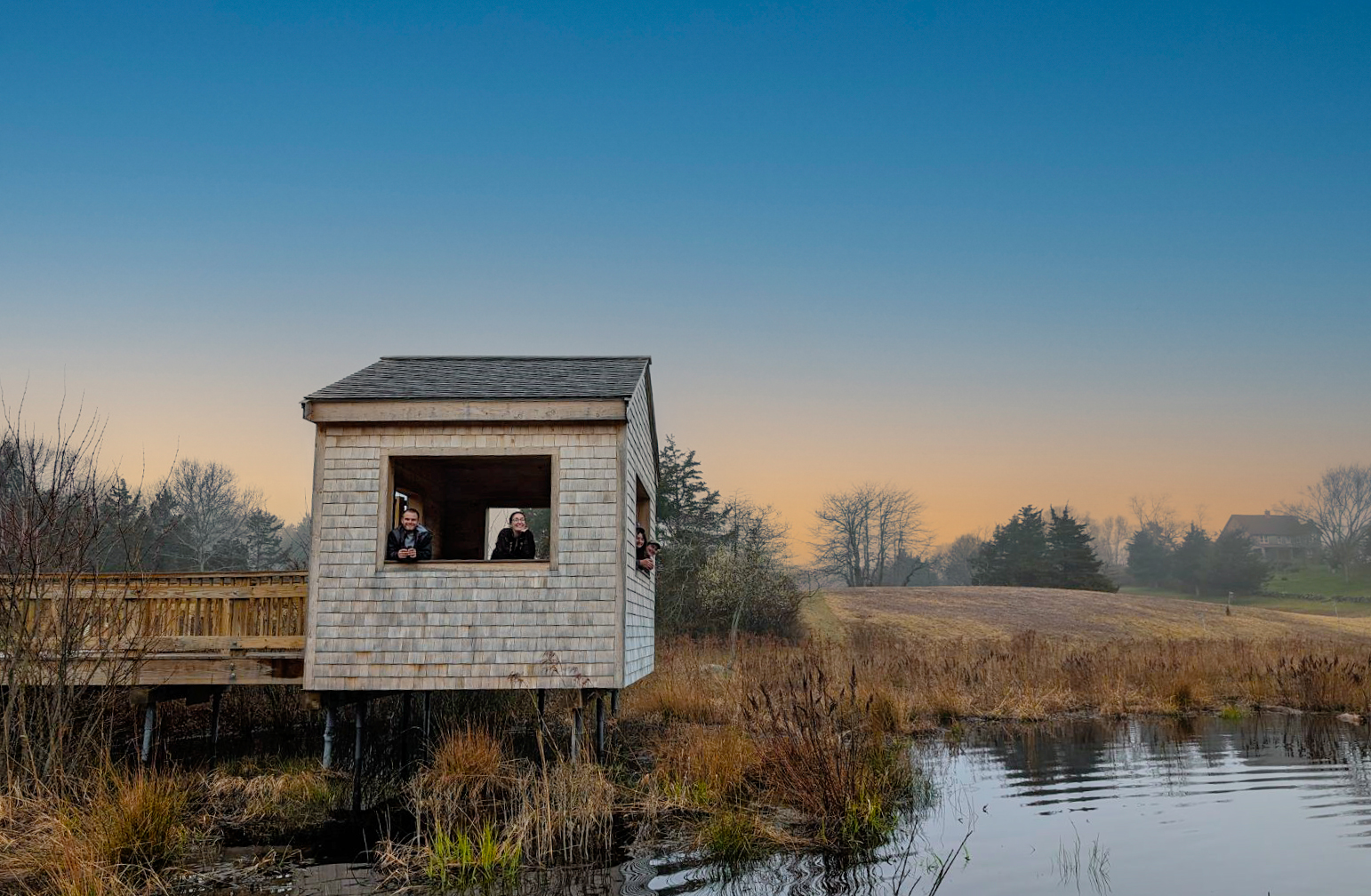Will climate change cause Hemlock to disappear from New England forests?
Warmer New England winters are allowing the northern expansion of invasive species, including the Hemlock Wooly Adelgid, an insect that is threatening Hemlock trees throughout the region.
Monitoring for Hemlock Wooly Adelgid was part of a climate change adaptation plan that Manomet Center scientists developed for the Allen Whitney Memorial Forest, a 708-acre property in Maine owned by the New England Forestry Foundation.
The Forestry Foundation began implementing the recommendations and developing climate adaptation demonstration sites this past winter.
The plan warns that “temperature stress combined with the expansion of Hemlock Wooly Adelgid (HWA) and Elongate Hemlock Scale (EHS) populations in Maine has profoundly negative implications for the long-term survival of Hemlock … Infestations of HWA and EHS have been detected in southern and mid-coast Maine and the range of this pest is rapidly expanding northward.”
The plan calls for tracking the insect as it expands its range through Maine and then potentially removing Hemlock trees if they become infected.
“Manomet instigated the adaptation plan, they found the money. They came to a partner that they thought would be good and willing,” said Si Balch, a veteran forester who worked for the Forestry Foundation and co-authored the adaptation plan.
As part of the plan, the Foundation updated the forest inventory and then created several demonstration plots to simulate climate change impacts, including one where all the Hemlock was removed. Eventually the forests will include signage to explain the demonstration to visitors.
“Any sort of plan like this requires doing something,” Balch said. “This is the first step. We are carrying out some active management to follow the guidelines of the plan. There will be a demonstration forest that comes out of this.”
Manomet Project Manager Ethel Wilkerson, another author on the plan, said that much of the adaptation requires diversifying the forest.
“This is what foresters do, they think long term and plan for different potential outcomes,” Wilkerson said. “But this is using climate change in that planning.”
Balch said that one of the largest lessons of the planning was preparing for unforeseen impacts.
“Things are going to change and things are going to change in ways that we do not anticipate no matter how smart we are,” he said. “You have to be flexible.”
– Dave McGlinchey





 Back to all
Back to all